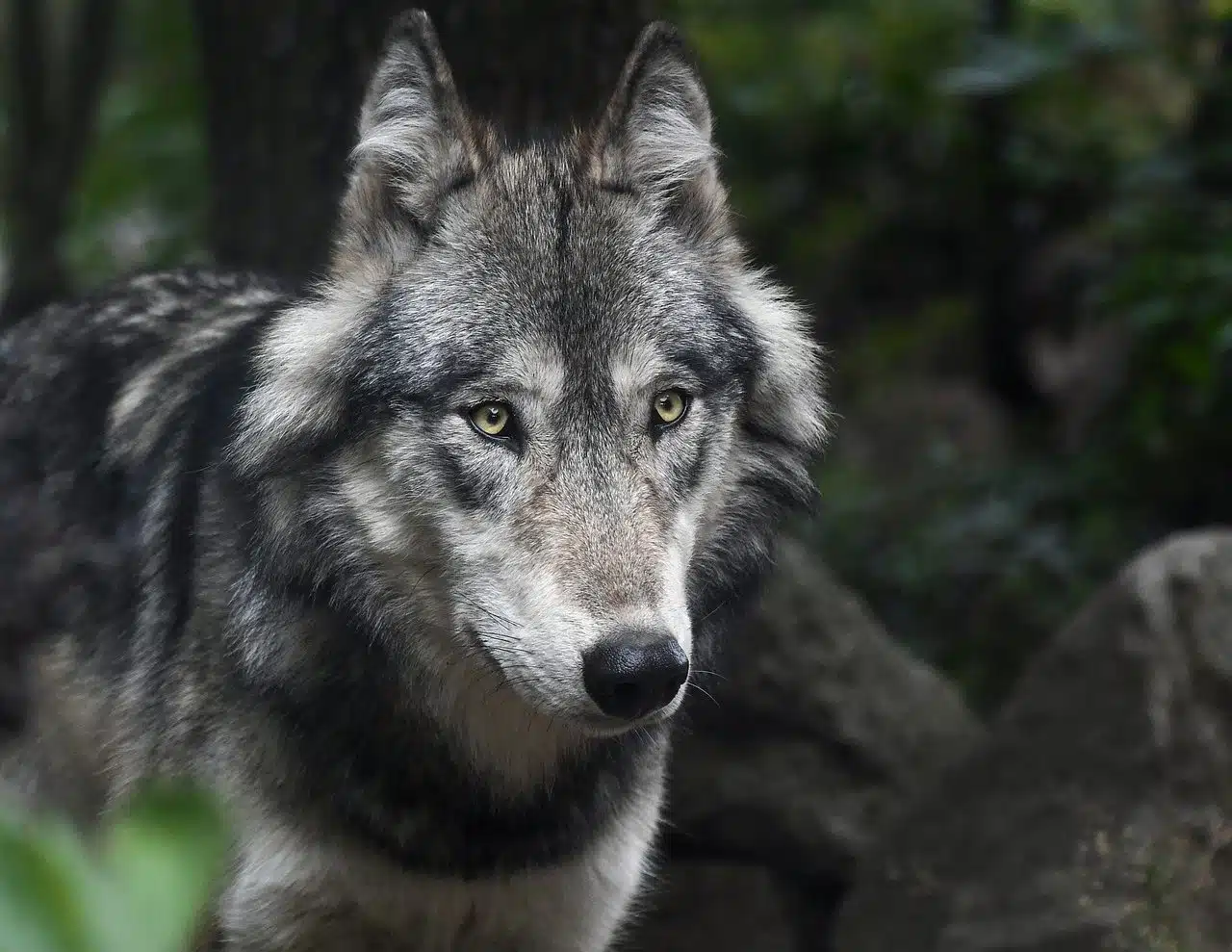
A wild animal lives in freedom.
A wild animal is one that lives in freedom , whether on the earth's surface, in water or flying. The name refers to species that have not been domesticated: therefore, a stray dog is not usually considered a wild animal.
For example: "If you want to see how wild animals behave, I suggest traveling to Africa," "I have never seen how a wild animal stalks its prey," "Some people are unconscious and try to transform a wild animal like the lion." in a pet .
Characteristics of wild animals
It should be noted that living beings that have their own mobility and that are part of the kingdom Animalia are called animals . Within this immense group are the members of the species Homo sapiens , that is, human beings . Therefore, to differentiate, animals are usually understood as the species of the kingdom Animalia that, according to certain scientists, lack reasoning, leaving humans out.
Within certain limits, wild animals are susceptible to being trapped, fished or hunted. In any case, activities such as fishing or hunting are regulated by law and are often the subject of criticism from associations that defend animal rights .
Wild animals, on the other hand, live in relative freedom since their range is usually limited to a certain territorial area, protected as a nature reserve , national park , etc. In the event that a wild animal moves beyond its usual environment and reaches a city, it is normal for it to be captured by the authorities and returned to its habitat .

A puma is a wild animal.
Some examples
Let's see below the main characteristics of some of the best-known wild animals:
common wolf
Although it is the origin of all dog breeds, the wolf is an impetuous animal with certainly superior abilities. Broadly speaking, it is possible to say that its average weight is 50 kg, its maximum height is 80 cm and that it can live between 8 and 16 years. It is a social animal by nature and communicates with the rest of the wolves through howling, the gestures of its mouth and the posture of its tail and ears.
The hierarchy that exists in the herds of this wild animal is sustained by fights that the youngest, strongest and most intelligent individual usually wins. When hunting, they use their powerful teeth, but also their brain to design the strategy that best suits the prey.
Eel
This wild animal has a lot of presence in fiction, but its true characteristics are not so well known. It is a carnivorous fish that can weigh up to 10 kg and live a maximum of 30 years. It has an elongated body, measuring approximately 1.5 m in its final form, since in its life it goes through the transition from larva to eel and, finally, to eel.
Regarding its behavior , the eel is born in the sea, migrates to the river to complete its development and then returns to the sea to reproduce. For his orientation, he uses magnetic fields, and thus he can find the Sargasso Sea, the last destination of his life.
Puma
The puma is one of the most imposing species in nature, both for its strength and its beauty. It is a feline with a slender body and large size, which can measure up to 1.5 m in length (90 cm of which belong to the tail) and weigh up to 119 kg. Its fur is short and has a yellowish-brown color.
As with other wild animals, the female puma is larger than the male. Except for the mating season, it is an animal that prefers solitude. When its objective is to search for food, it does not skimp on distances and usually moves at night, marking its territory with various resources, such as scratching tree trunks.
